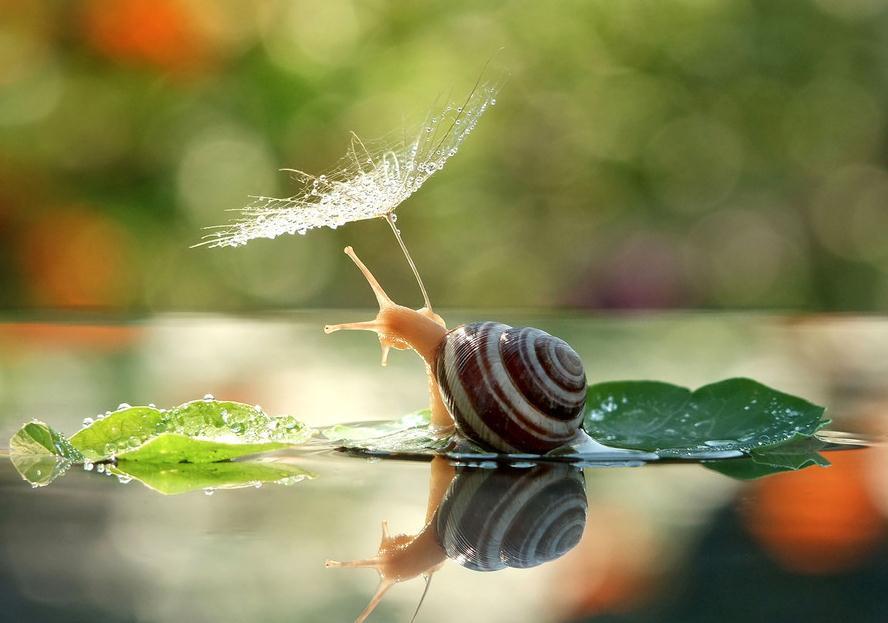Self-observation: An exercise of attention, in which one learns to become an indifferent observer of one’s own psychological process. True Self-observation is an active work of directed attention, without the interference of thought, emotion, or sensations.
“We need attention intentionally directed towards the interior of our own selves. This is not a passive attention. Indeed, dynamic attention proceeds from the side of the observer, while thoughts and emotions belong to the side which is observed.” – Samael Aun Weor
